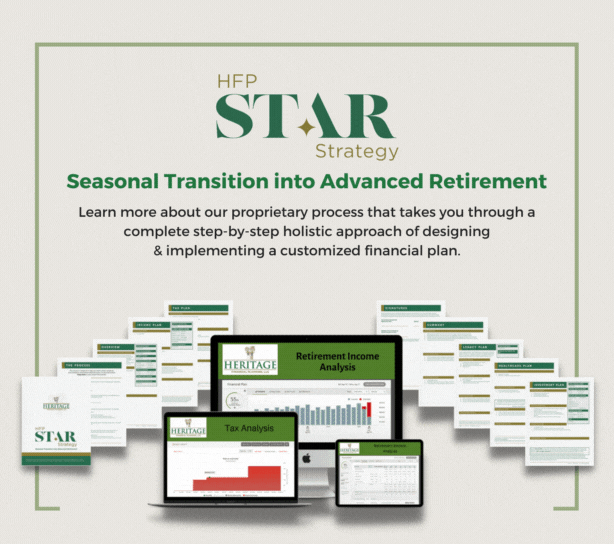Which Retirement Account Should You Tap First? It Could Save You Thousands
You’ve worked hard to build a well-diversified nest egg, with money spread across traditional IRAs, Roth IRAs, 401(k)s, taxable brokerage accounts, and maybe even annuities. But when it’s time to start drawing income, one question could have a major impact on your taxes, longevity of your savings, and Medicare premiums: What’s the best withdrawal order?
There’s no one-size-fits-all answer, but there is a strategy that can help you maximize your retirement income—and minimize unnecessary tax bills.
Why Withdrawal Order Matters in Retirement
Most retirees don’t realize that how and when you withdraw money can be just as important as the investment growth you achieved. Pulling funds in the wrong sequence can:
- Push you into a higher tax bracket
- Trigger taxes on Social Security benefits
- Lead to higher Medicare premiums (IRMAA)
- Cause your money to run out sooner than expected
A tax-efficient withdrawal strategy is one of the most overlooked, but powerful, tools in retirement planning.
The General Rule of Thumb (and When to Break It)
The traditional advice says to withdraw from accounts in this order:
- Taxable brokerage accounts
- Tax-deferred accounts (Traditional IRA/401(k))
- Tax-free accounts (Roth IRA/Roth 401(k))
This approach allows your tax-advantaged accounts to continue growing and delays Required Minimum Distributions (RMDs). But in today’s environment, this basic rule may not be optimal for everyone.
Instead, a blended or dynamic strategy may make more sense.
A Smarter Withdrawal Strategy: The Blended Approach
Rather than sticking to one rigid sequence, many retirees benefit from combining income from different account types each year to:
- Stay in lower tax brackets
- Smooth out income to reduce Social Security taxation
- Avoid RMD shock in their 70s
- Reduce future tax liabilities through strategic Roth conversions
This could mean withdrawing from your traditional IRA and Roth IRA at the same time, in amounts that are specifically designed to optimize your tax bracket.
Other Considerations That Affect Your Withdrawal Order
Your optimal strategy also depends on:
- Whether you’ve started collecting Social Security
- Your current and future tax brackets
- The size of your retirement accounts
- Whether you plan to leave money to heirs
- Charitable giving goals (e.g., QCDs from IRAs)
This is where retirement planning becomes highly personalized—and where working with a financial advisor can offer significant value.
We Help You Withdraw With Purpose—Not Guesswork
At Heritage Financial Planning, our HFP S.T.A.R. Strategy (Seasonal Transition into Advanced Retirement) includes a tax-efficient withdrawal roadmap customized to your unique situation. We model out different withdrawal orders to help reduce your taxes, preserve your wealth, and make sure your income strategy works across every stage of retirement.
Schedule your withdrawal strategy consultation today and take the guesswork out of your retirement income.

Click here to learn more about our HFP STAR Strategy process.
Sources:
• IRS: Required Minimum Distributions – https://www.irs.gov
• Morningstar: Retirement Withdrawal Strategies – https://www.morningstar.com
• Vanguard: Retirement Income and Tax Planning – https://www.vanguard.com
• Heritage Financial Planning: https://heritagefinancialplanning.net/about/heritage-financial-star-strategy/












